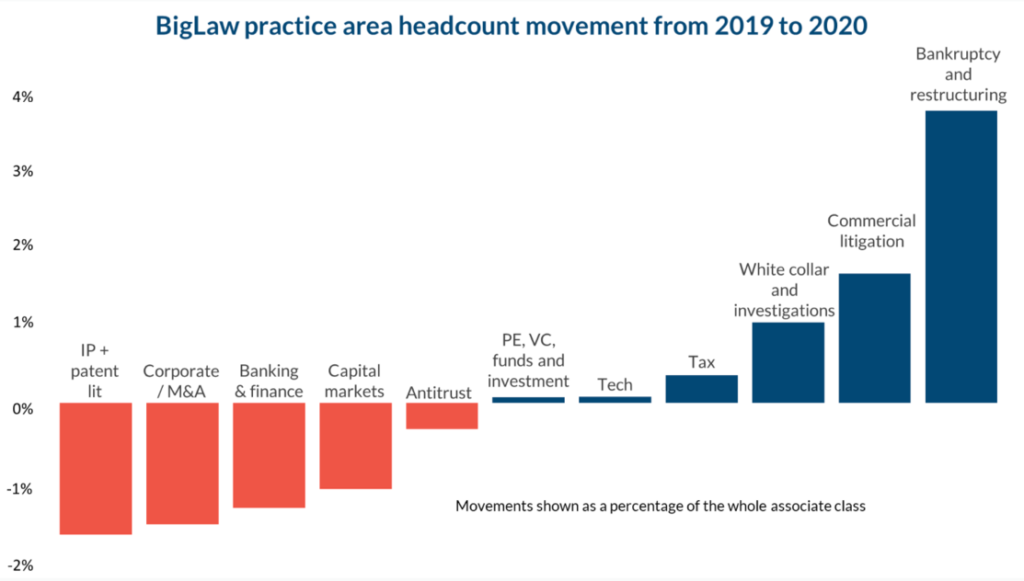Law school admissions has had an eventful two decades. Law schools saw a steady increase in their enrollment from 1999 through 2010, with a spike in 2008 and 2009, as an unfavorable job market made the prospect of graduate school more appealing. In the following years, however, as the impact of the recession continued to linger, law schools saw a severe drop in the number of enrollments.
The situation became a downward cycle of cause-and-effect. As fewer students applied, law schools had to compete for a smaller pool of highly qualified applicants. As a result, many shrunk enrollment, worried that if they began accepting less qualified applicants, they would jeopardize their rankings.
However, since 2018, there have been increases in membership in the American Bar Association (ABA), law school applications, and the number of LSAT registrants. From 2017 to 2018, the ABA reported an 8.1% increase in law school applications, the largest JD programs had seen since 2010. LSAT registrations increased 21.4% that same year. Some refer to this boost in law school interest the “Trump Bump,” because it occurred shortly after the 2016 election. An article by the Chicago Tribune stated that students from across the political spectrum were either being motivated by the newly elected President Trump, or they opposed his policies and saw law school as a way to make a difference. These statistics have continued to increase in 2019 and 2020, although more modestly. The 2019-2020 admission cycle saw a 3.3% increase in applicants, and a 2019 ABA Journal article predicts a similar increase for 2020-2021.
Today, however, law schools face a new question: how will a global pandemic affect the numbers? Law school applications spiked from 2008-2010 as a result of an unappealing job market. Will there be a similar pattern following Covid-19?
Trends in Hiring and Recruitment
This year, data from Chambers Associate’s “Trends in Recruitment Market” shows significant changes in law firms’ area headcounts due to the Covid-19 crisis. As illustrated in the chart below, firms adjusted their headcounts to prepare for a crisis.
Overall, companies are facing more risk, so we see them shifting from research and development activities in favor of those that are more stable. Therefore, legal firms are minimizing their intellectual property teams, as well as their number of transactional and financial lawyers. Here are a few trends:
- Companies are now seeking legal counsel for bankruptcy, restructuring, and organization due to months of shut down, so we see a large increase in the number of legal firms recruiting in this area.
- Private equity, government and infrastructure areas have been largely unaffected because of their permanence. Tech remains similarly stable because of the global need during quarantine.
- During crises such as the current pandemic, companies often activate force majeure, a clause that essentially frees both parties from obligation when an extraordinary event occurs. Legal firms see an increase in claims, so they are increasing their litigation headcounts.
Our advice: Don’t be too quick to put all of your efforts into a certain firm or specialty just based on this year’s data! Economists are predicting a quicker rebound from this downturn than in 2009. Pick your future career area because you’re passionate about it – recession or no recession!
To continue the discussion and learn more about the law school application process, join our presentation on Wednesday, August 26th at 6 pm EST. Register today.
Explore all of our upcoming presentations on our website and connect with us on social media. As always, at Collegiate Gateway, we’re happy to help!



